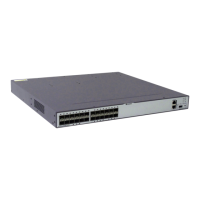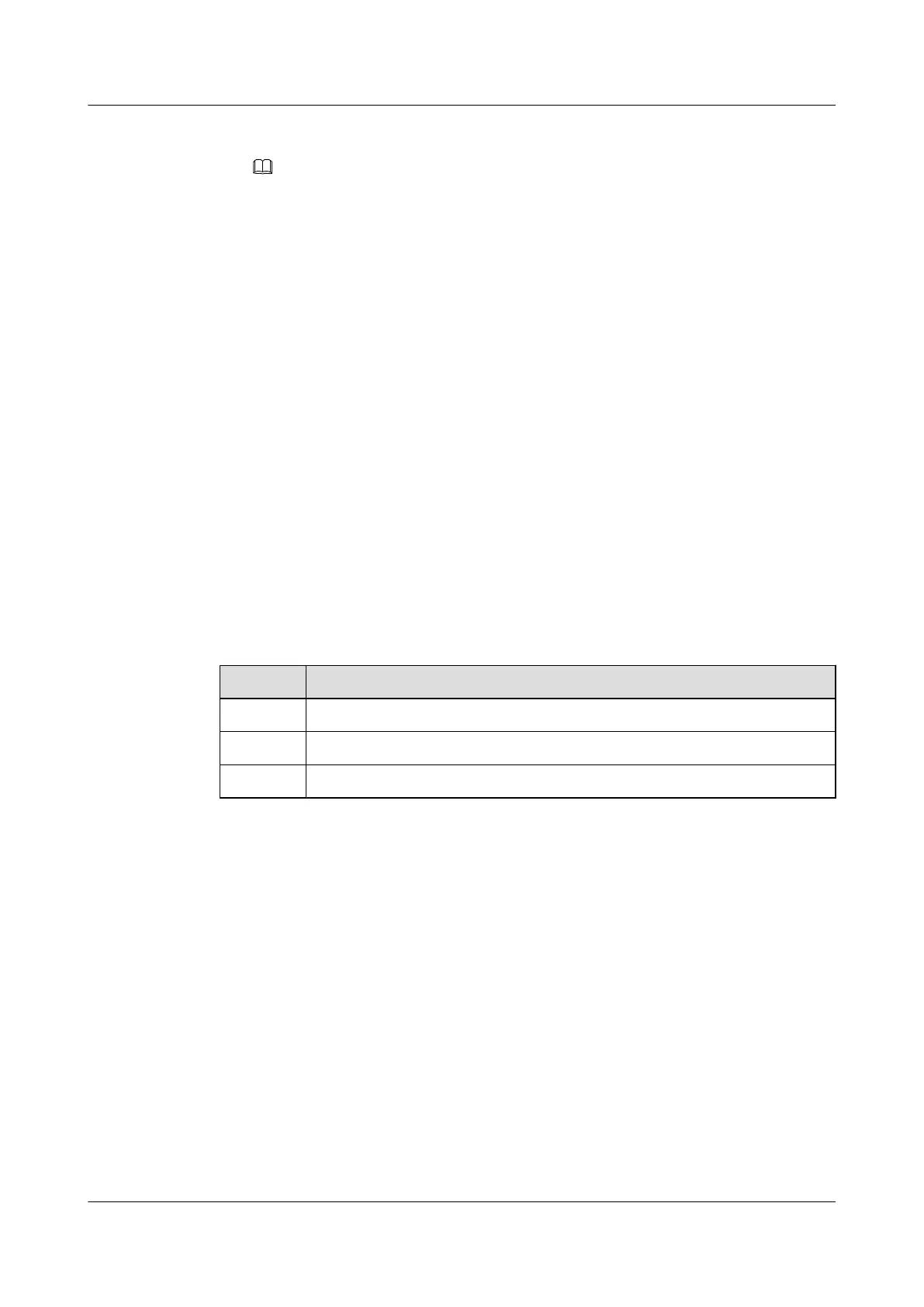l Configuring the IPv6 IS-IS Interfaces.
NOTE
Changing the IS-IS cost for an interface can achieve the function of controlling route selection, but
requires routes on the interface to be recalculated and reconverged when a network topology changes,
especially on a large-scale network. In addition, the configuration result may not meet your
expectation.
Therefore, the configuration of changing IS-IS costs has best to be finished when configuring basic
IS-IS functions.
l Configure IPv6 IS-IS route leaking.
l Configure principles for using equal-cost IPv6 IS-IS routes.
l Filter IPv6 IS-IS routes.
l Configure an overload bit for an IPv6 IS-IS device.
Pre-configuration Tasks
Before configuring IPv6 IS-IS route selection, complete the following tasks:
l Configuring the link layer protocol on interfaces.
l Configuring IP addresses for interfaces to ensure that neighboring nodes are reachable at
the network layer.
l Configuring Basic IPv6 IS-IS Functions.
Data Preparation
To configure the IPv6 IS-IS route selection, you need the following data.
No.
Data
1 ACL6 for filtering routes, IPv6 prefix list, or routing policy
2 Maximum number of load-balancing equal-cost IS-IS routes
3 Time when an IS-IS device enters the overload state
6.12.2 Configuring IPv6 IS-IS Route Leaking
Configuring IS-IS route leaking enables you to optimize IS-IS route selection on a two-level-
area network.
Context
If multiple Level-1-2 devices in a Level-1 area are connected to devices in the Level-2 area, a
Level-1 LSP sent by each Level-1-2 device carries an ATT flag bit of 1. This Level-1 area will
have multiple routes to the Level-2 area and to other Level-1 areas.
By default, routes in a Level-1 area can be leaked into the Level-2 area so that Level-1-2 and
Level-2 devices can learn about the topology of the entire network. Devices in a Level-1 area
are unaware of the entire network topology because they only maintain LSDBs in the local
Level-1 area. Therefore, a device in a Level-1 area can forward traffic to a Level-2 device only
through the nearest Level-1-2 device. The route used may not be the optimal route to the
destination.
S6700 Series Ethernet Switches
Configuration Guide - IP Routing 6 IS-IS Configuration
Issue 01 (2012-03-15) Huawei Proprietary and Confidential
Copyright © Huawei Technologies Co., Ltd.
295

